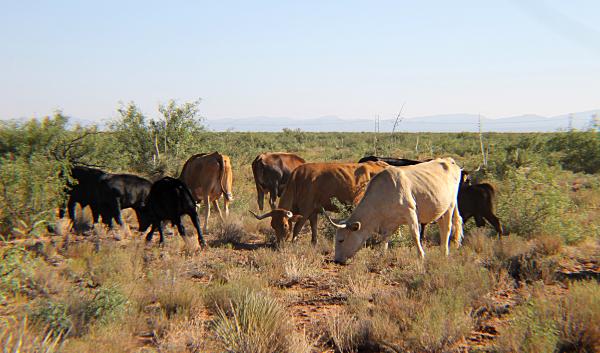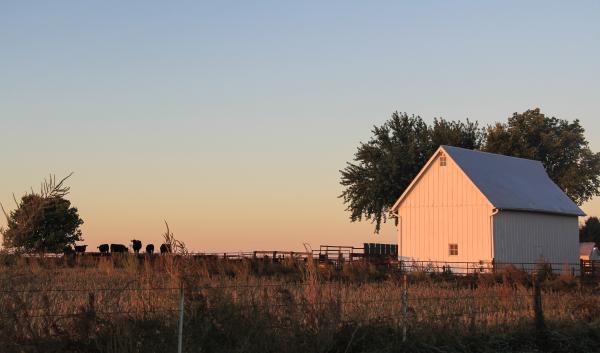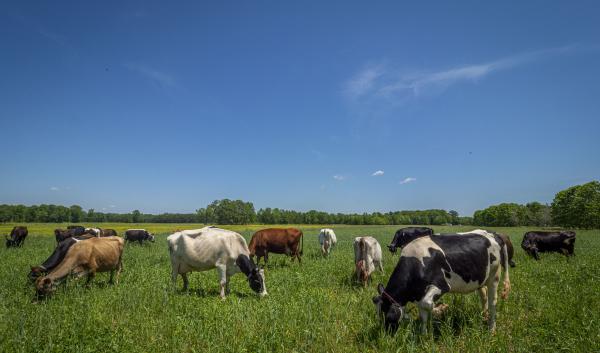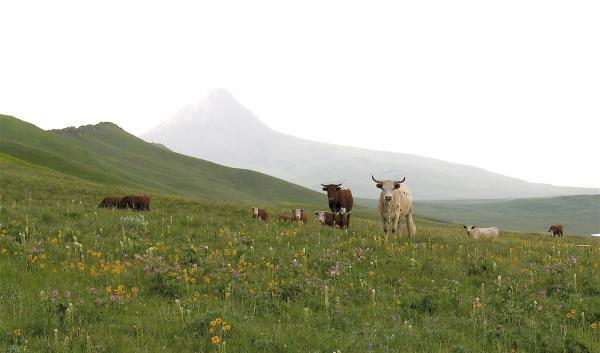Pasture
Pasturelands cover 121.1 million acres (6% of the U.S. surface area), predominantly in the eastern half of the U.S. While mostly used for livestock grazing and hay production, pastures also offer other ecosystem services, enhance environmental quality and provide scenic landscapes. Currently, most pastures are minimally managed and could benefit from improvements in stocking rates, grazing methods, seasonal use and fertilization. Optimizing pasture health and productivity today will build resilience to a changing climate. Factors affecting pasturelands under a changing climate include higher temperatures, changes in precipitation regimes, changes in the frequency and magnitude of extreme temperature and precipitation events, and greater exposure to weeds, pests and pathogens. Combined with rising temperatures and nitrogen deposition, elevated atmospheric CO2 may positively impact pasture productivity. However, rising temperatures may drive increased demand for irrigation in drier regions.










